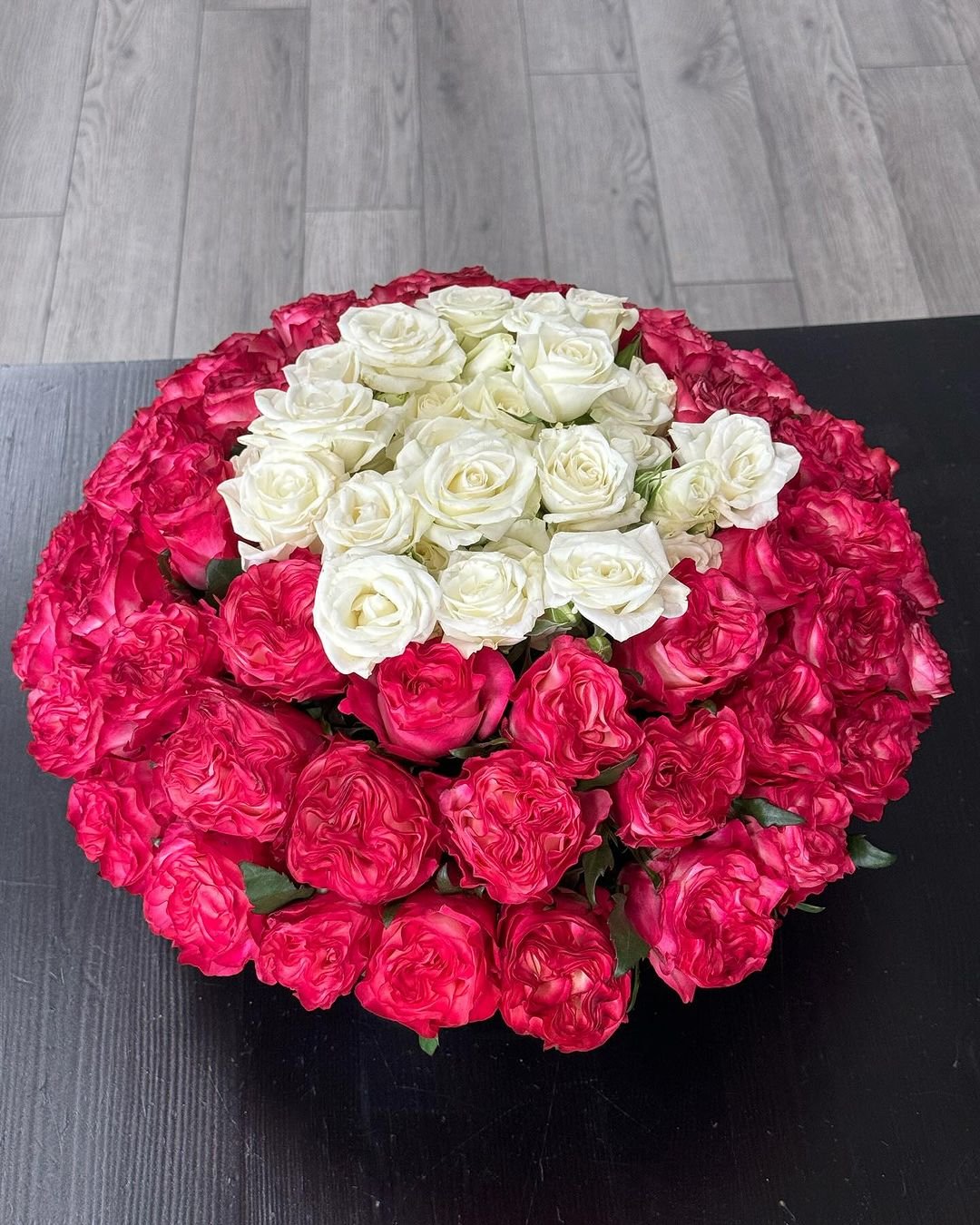Most cut flowers can last only a few hours to a day without water before they begin to wilt and die. However, this duration varies greatly depending on the flower type, environmental conditions and how they were handled after cutting. Some hardier flowers may last up to 2-3 days, while delicate blooms might wilt within hours.
As a professional florist with over two decades of experience, I’ve learned the ins and outs of flower care and preservation. Let’s dive into the factors that affect how long flowers can last without water and what you can do to extend their lifespan.
Factors Affecting Flower Longevity Without Water

Flower Type
Different flowers have varying abilities to retain moisture:
- Hardy flowers (e.g., chrysanthemums, carnations): Can last 1-2 days
- Medium flowers (e.g., roses, lilies): Typically last 6-12 hours
- Delicate flowers (e.g., orchids, tulips): May wilt within 3-6 hours
For a comprehensive list of flower types and their vase life, visit the University of Massachusetts Amherst’s Center for Agriculture.
Environmental Conditions
- Temperature: Higher temperatures accelerate wilting
- Humidity: Low humidity increases water loss through transpiration
- Air circulation: Excessive air movement can dry out flowers faster
Post-Harvest Handling
- How quickly flowers are placed in water after cutting
- Whether stems are recut before arranging
- Use of floral preservatives
How Different Flowers Fare Without Water
Long-Lasting Flowers (1-2 days)

- Chrysanthemums
- Carnations
- Alstroemeria
Medium-Lasting Flowers (6-12 hours)

- Roses
- Lilies
- Gerbera Daisies
Short-Lasting Flowers (3-6 hours)

- Orchids
- Tulips
- Hydrangeas
For more detailed information on specific flower care, check out the Society of American Florists’ care and handling guide.
Tips to Extend Flower Life Without Water
While it’s always best to keep flowers in water, there are times when this isn’t possible.
Here are some tips to extend their life:
- Cut stems at a 45-degree angle before arranging
- Remove any leaves that would be below the waterline
- Keep flowers cool (around 40°F/4°C if possible)
- Mist flowers lightly to increase humidity
- Use floral foam soaked in water for arrangements
Floral Preservatives
Using floral preservatives can significantly extend flower life:
- Provides nutrients
- Prevents bacterial growth
- Maintains proper pH level
For a DIY preservative recipe, visit North Carolina State University’s Extension.
Emergency Measures When Water Isn’t Available
If you find yourself without water for your flowers:
- Wrap stem ends in damp paper towels or cotton
- Place flowers in a plastic bag to retain moisture
- Keep them in the coolest place available
- Recut stems and place in water as soon as possible
The Science Behind Flower Wilting
Understanding why flowers wilt can help in preserving them:
- Water loss through transpiration
- Air embolisms in stem vessels
- Bacterial growth blocking water uptake
For more on the biology of cut flowers, check out this scientific article from the Journal of Experimental Botany.
Best Practices for Florists and Event Planners
- Always transport flowers in water when possible
- Use refrigerated vehicles for long-distance transport
- Have emergency kits with water tubes and preservatives
- Educate clients on proper flower care
While cut flowers can survive for a short time without water, their beauty and longevity are best preserved when they have constant access to clean, fresh water. Understanding the factors that affect flower longevity can help you make informed decisions about flower care, whether you’re a professional florist, event planner, or simply someone who enjoys having fresh flowers in their home.
Remember, the key to extending flower life is to minimize water loss and provide nutrients. When in doubt, always prioritize getting your flowers into water as soon as possible. With proper care, you can enjoy your beautiful blooms for days or even weeks to come.
For more information on flower care and preservation, visit the American Floral Endowment’s research database.
For more gardening tips and plant care guides, visit usagardenhub.com.

